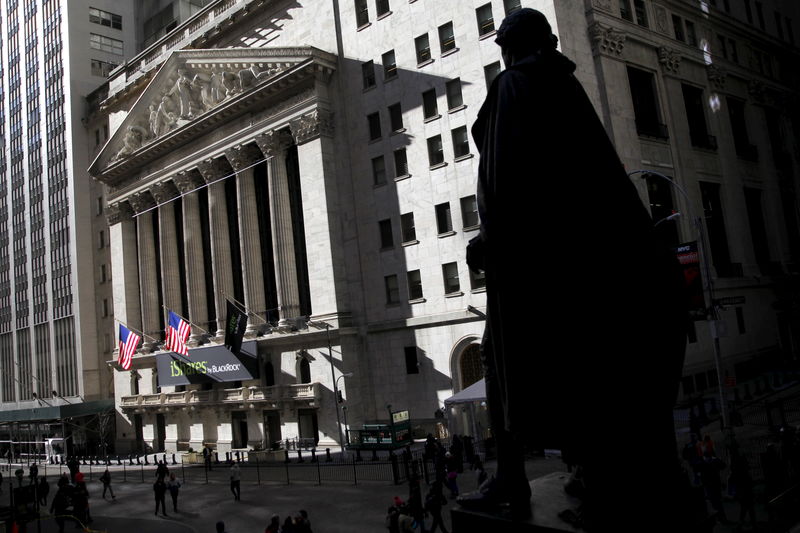The long-anticipated moment of a significant shift in the US labor market has arrived, signaling a potential Federal Reserve rate cut before the regular September meeting, Jefferies analysts said in a note to clients on Monday.
Recent data revealed "unambiguous evidence of a weakening in the US labor market at a time when inflation is still above the Federal Reserve's 2% target."
The labor market report for July showed a mere 114,000 increase in nonfarm payrolls, the second-lowest since December 2020.
Jefferies notes that the government and healthcare and social assistance sectors accounted for 71% of this growth. Moreover, excluding the net birth-death model adjustment, nonfarm payrolls actually declined by 1.16 million on a non-seasonally adjusted basis.
Jefferies said the household survey also indicated a weakening trend, with total employment rising by just 67,000 month-over-month in July and up only 57,000 year-over-year, the lowest rate of growth since August 2010. The unemployment rate has climbed to 4.3%, the highest level since October 2021.
Wage growth is also decelerating, with average hourly earnings slowing from 3.8% in June to 3.6% in July. The quarterly employment cost index, a key measure of wage pressures, decelerated to 4.1% year-over-year in Q2 2024, down from 4.2% in the previous quarter.
The firm states that money markets are now discounting 116 basis points of easing by year-end, a sharp increase from the 86 basis points anticipated before the payroll data release.
Jefferies suggests that an intra-meeting cut, the first since March 2020, now appears likely.
While interest rate cuts may not be immediately positive for US equities, Jefferies believes they will benefit Asian and emerging market stocks. They explain that as US interest rates fall and the dollar weakens, central banks in these regions will have more room to ease domestically, potentially spurring market growth.
